
Shopping Carts
A Shopping Cart’s True Nature
The standard form of “shopping cart” describes a sort of specialized content management system that:
- Stores product data.
- Provides an administration portal for catalog, order, and customer management.
- Renders product data, product categories, and website information for display to site visitors.
- Serves as the hub for on-site merchandising and cross-selling.
- Passes transactional data to a payment gateway (TPS Gateway provides the PCI Security the Shopping Carts Require)
As an illustration, imagine shopping at a big box store like Walmart. At Walmart, you might grab a metal shopping cart and begin pushing it around the store. You look at various items on various shelves; You notice a discount sign or two. You place a few things in your metal shopping cart. Eventually, you walk up to a register and pay your bill.
In e-commerce, a shopping cart is undoubtedly like the metal shopping cart you imagined you were pushing around Walmart. Still, it is also the shelves, the building, the discount sign, the cash register, and in many cases, the credit card machine communicating with your bank. Effectively, an e-commerce shopping cart is an online store. Below you will find a shopping cart that fits your business. Let TPS be your Payment Gateway.
A Shopping Cart’s True Nature
The standard form of “shopping cart” describes a sort of specialized content management system that:
- Stores product data.
- Provides an administration portal for catalog, order, and customer management.
- Renders product data, product categories, and website information for display to site visitors.
- Serves as the hub for on-site merchandising and cross-selling.
- Passes transactional data to a payment gateway (TPS Gateway provides the PCI Security the Shopping Carts Require)
As an illustration, imagine shopping at a big box store like Walmart. At Walmart, you might grab a metal shopping cart and begin pushing it around the store. You look at various items on various shelves; You notice a discount sign or two. You place a few things in your metal shopping cart. Eventually, you walk up to a register and pay your bill.
In e-commerce, a shopping cart is undoubtedly like the metal shopping cart you imagined you were pushing around Walmart. Still, it is also the shelves, the building, the discount sign, the cash register, and in many cases, the credit card machine communicating with your bank. Effectively, an e-commerce shopping cart is an online store. Below you will find a shopping cart that fits your business. Let TPS be your Payment Gateway.
Shopping Cart List
Third-Party Shopping Carts
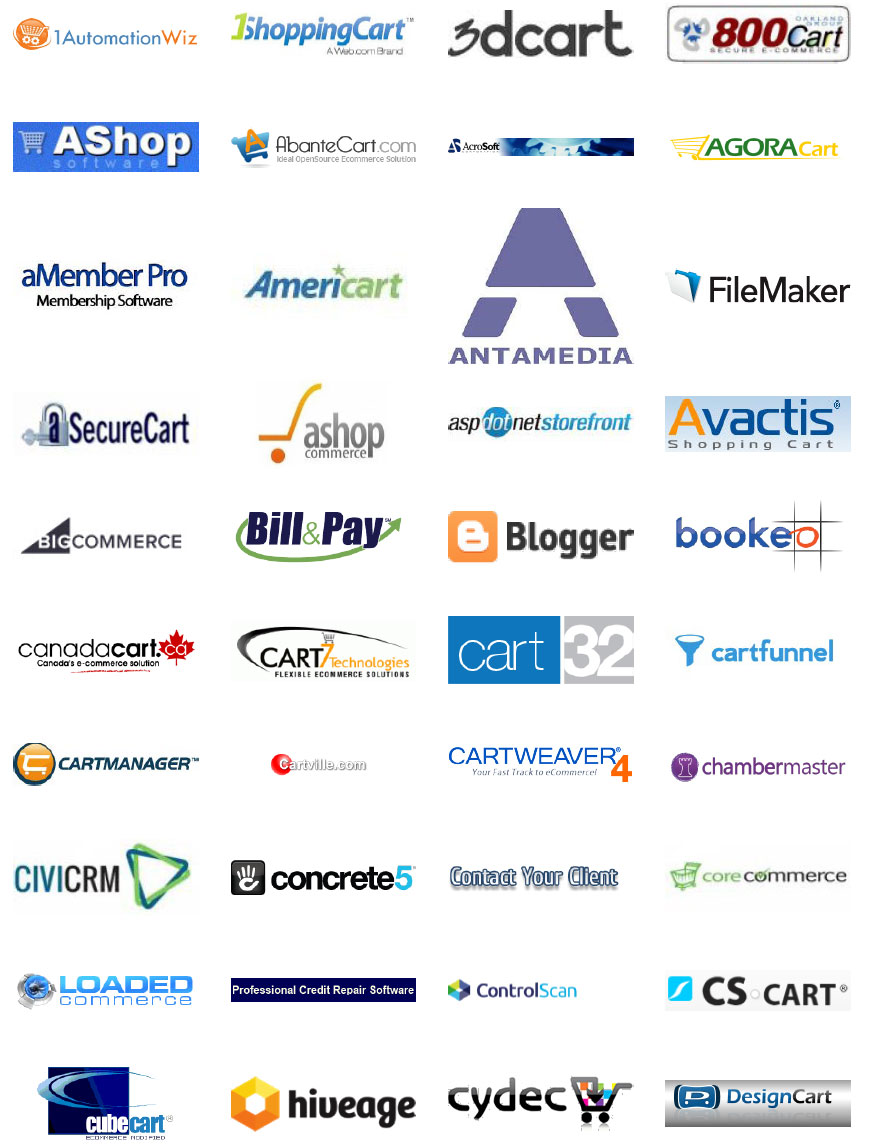
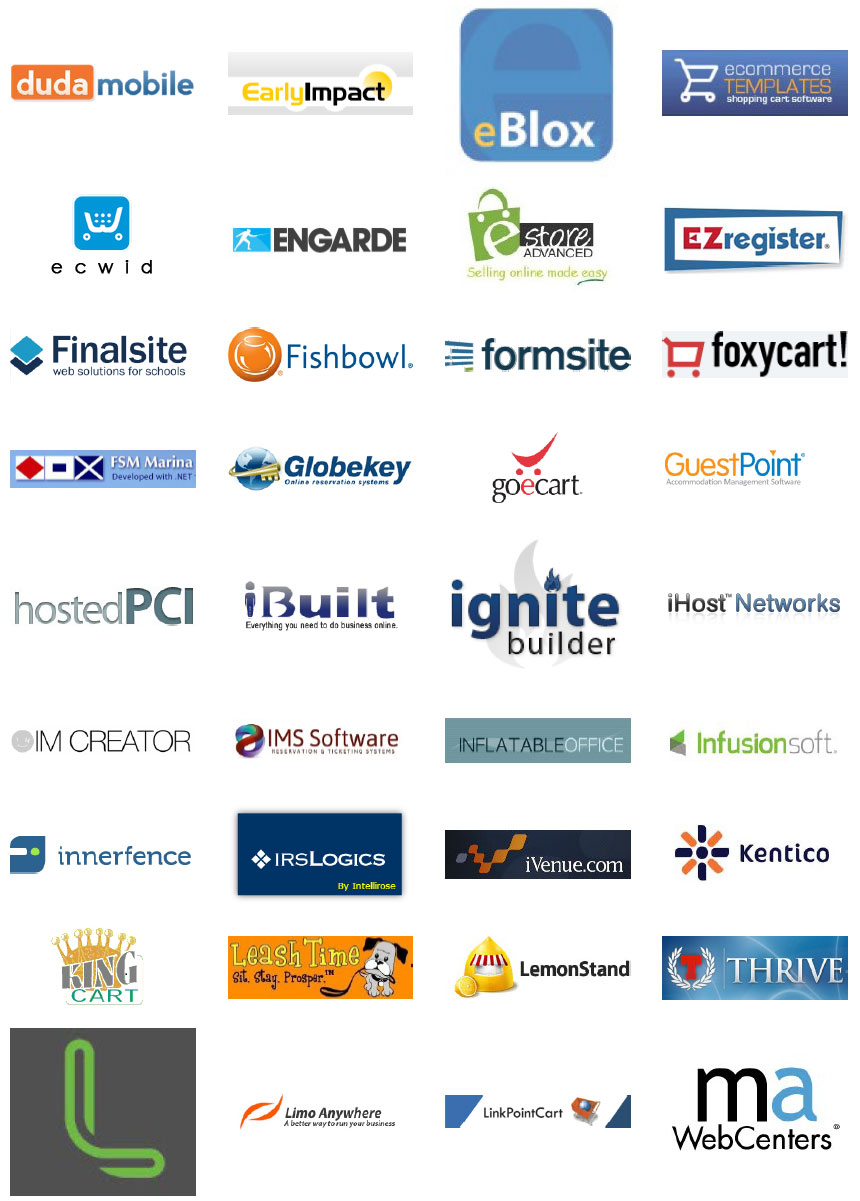
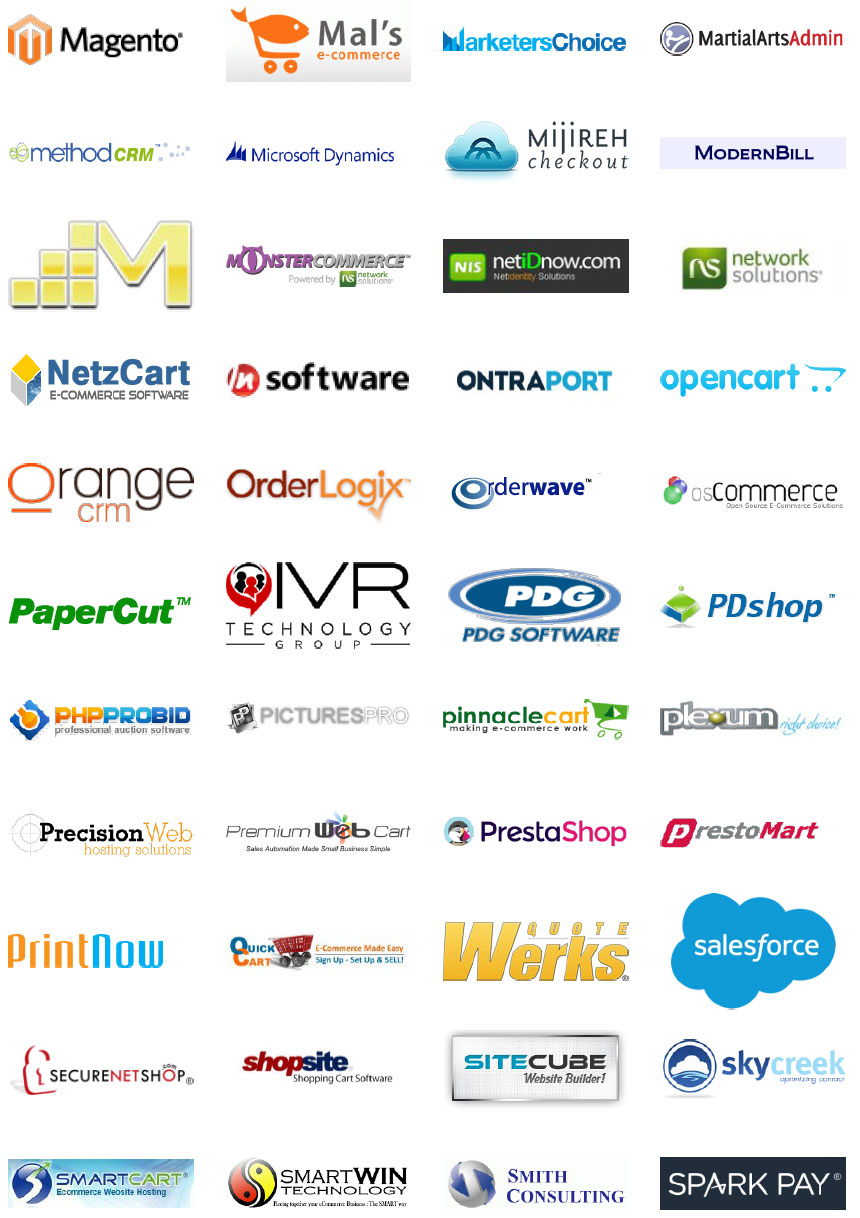

WordPress Plugins
Third-Party Shopping Carts
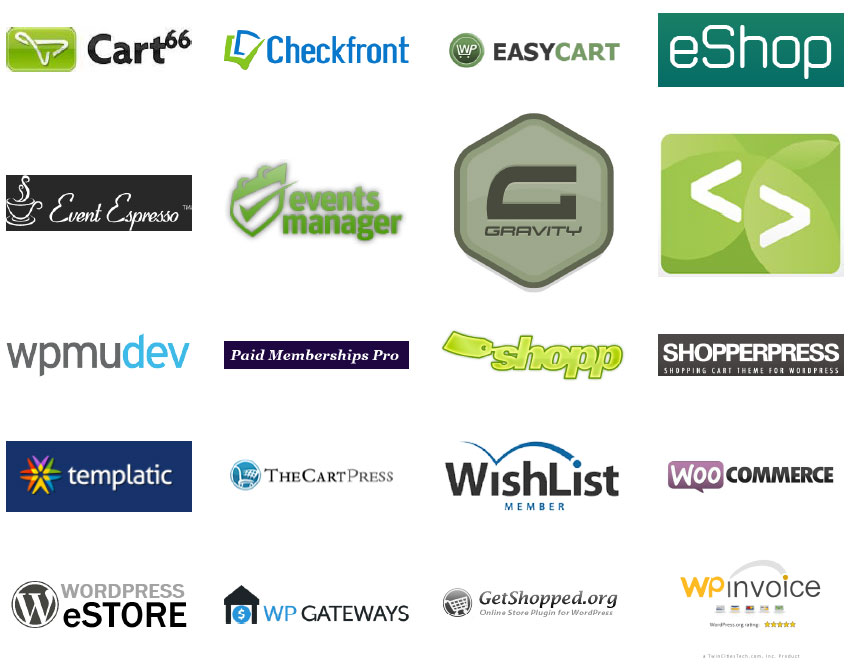
Drupal Plugins
Third-Party Shopping Carts

Joomla Plugins
Third-Party Shopping Carts
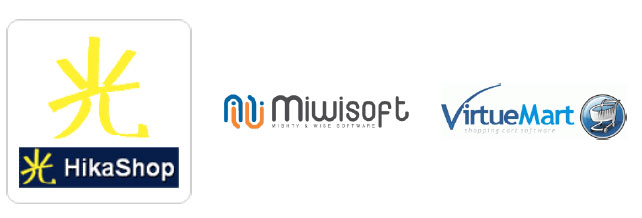
Gateway Emulator
Third Party Shopping Carts
We have designed our gateway to be able to handle transaction submissions and responses in the Authorize.Net format. We call
this our Gateway Emulator.
To use the Gateway Emulator, your shopping cart or application must support the Authorize.Net AIM or SIM method of integration.
If the application supports the AIM or SIM method, you simply need to change the transaction POST URL to our Gateway Emulator
URL.
The Gateway does not support the emulation of XML AIM, CIM, ARB, DPM, Card Present or Transaction Details APIs.
Our Gateway Emulator URL is:
- AIM: https://tps.transactiongateway.com/gateway/transact.dll
- SIM: https://tps.transactiongateway.com/cart/ausi.php
You will need to change any production and test Authorize.Net URLs to one of the above URLs. The following URLs should be
replaced:
- https://secure.authorize.net/gateway/transact.dll
- https://test.authorize.net/gateway/transact.dll
Some applications will not contain the test URL. In that case, you will only be changing one URL. Once you have updated the URLs
to point to us, the application will submit transactions without needing changes to the code base.
You will then need to configure the Authorize.Net AIM or SIM payment module with the following credentials:
- API ID or Login ID is your gateway username.
- Transaction Key is your gateway password.
- The MD5 Hash is the word “gateway” without the marks.
For testing, you can use the username and password of “demo” and “password”.
Authorize.Net Modern XML Emulator
If your application is using Authorize.Net’s current XML API, then you can connect using our newest emulator. Like the above mentioned
emulators, this will accept requests in the same XML format that Auth.Net would accept, so it’s just a matter of changing
your POST URL to the one below and using your gateway credentials for authentication. This emulator also emulates the response
so that should look the same to your software.
Our Modern XML Emulator URL is: https://tps.transactiongateway.com/api/transrequest.php
For authentication, this API looks for “name” and “transactionKey”.
- “name” can be anything, as it is not used for authentication.
- “transactionKey” is your API Security Key.
Sparrow
If your application is using SparrowOne’s Services API, you can connect your software to the gateway via this emulator. Simply
replace the POST URL in your software to the following address and you can submit transactions, add update, and delete Customer
Vault IDs, and create recurring subscriptions.
- https://tps.transactiongateway.com/api/spar.php
Authentication uses your merchant account’s API Security Key in the ‘mkey’ variable.





